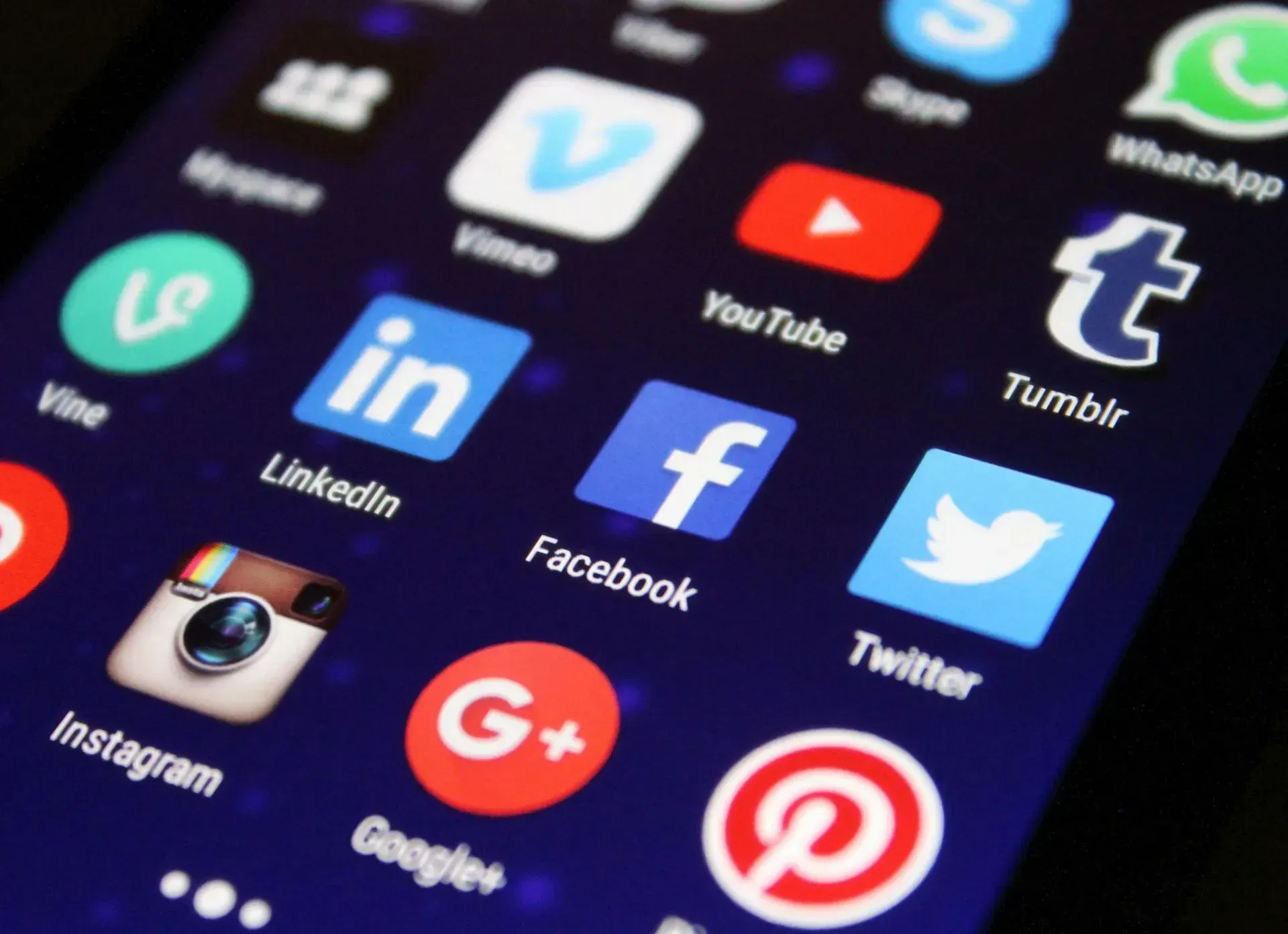Enhance Email Open Rates Through Expert Strategies at Relevanz
How to drive more revenue from emails

Even though it is harder now to judge the exact open rate of outbound activity, it remains a relative measure of effectiveness and a drop can be an early indicator that you are losing your audience – so it is still an important measure for email performance. The bottom line is that a 1% decrease in open rate can have a huge effect on how many people make it through your purchase funnel (if you send 100K emails a week that is 1K people who have not been exposed to your content) – so pay particular attention to this if you want to optimise your revenue opportunities.
1.Trust
This is particular important for new customers or sign ups to your email programme. We all apply the “stranger danger” principle to our inboxes – as we don’t want to import any nasty viruses – so it is important that the domain we choose to send from reflects the name of the business that was signed up to. You can partition the domain with specific send types and signpost your content ie: admin for service or offers etc – which further helps the recipient to prioritise and learn what types of content are important or interesting to them.
2. Subject Lines
The biggest single thing that will impact your open rate is the subject line – this is your first opportunity to catch the customer’s attention. There are lots of stats out there with regards to short vs long subject line effectiveness. But invariably language is the key driver of opens – emotive or enthusiastic/encouraging messages tend to work harder than factual ones when you are selling. As do emojis. But there are some sector specific nuances to this. The best thing to do is review the subject lines that work hardest for you and isolate the factors that win through rigorous testing – then use this as a strategy going forward. There are various subject line optimiser businesses that automate this process through AI – if you can afford to invest in these – they will help drive your open rates up.
3. Personalisation
This goes beyond salutation – as most people see a snapshot of the email content in their email browser window, so use the first paragraph to highlight any customer specific messages based upon what they have told you or what you have gathered from their various interactions. Of course, you will need to do some form of targeting to deliver this type of content, but this can be simple rather than over complex and unworkable. If you want to know how to do super simple segmentation – then read this article.
4. How to Measure
We all know how to calculate OR – so this tip is not about the metric – but how to interpret it in a way that enables you to improve them. When looking at metrics – we often get complacent about the actual % - a 60% OR is great right? True – but it also means that you have 40% non-openers who are no longer engaging! (With our 100K send volume – that is 40K non-openers), who could each contribute an extra £x to your bottom line. So how do you convert these non-openers? Just like the subject lines – the key is in learning why these customers are no longer engaging. You can analyse the past sends to see which messages stimulated these audiences (by segment if you have that info). And then develop an email variation of your programme to re-engage them. A watch out on this however, with the ios limitations around open visibility, you may need to be a little less overt with your non opener messaging, or stick to targeting non clickers as this is an absolute pot of non engagers..
5. Send Time
Again there are lots of stats out there that you can use as a benchmark, but you need to build your own knowledge on this, built on your own testing and results for what works for your business. This will depend on when your particular customer (or customer segment) is likely to be browsing their inbox (mums are really early, during school or after bed time) for example.
6. Frequency
As a rule of thumb you should match your contact frequency to your purchase decision frequency - or how often you will need to be present in your consumers mind when key purchase decisions are being made. Grocers for example know that consumers shop 3-4 times per week – so this would be a sensible frequency to ensure brand presence at key buying moments. Holiday companies however, don’t have as many buying moments, but can capture both main holiday and a multitude of short break decisions – these are much harder to predict. So regular relevant content will be important to keep their brand top of mind and present in the inbox. Beware too high a frequency as this will have a negative impact on your open rates and potentially drive consumers to unsubscribe. The best way of determining the optimum send frequency is to test – making sure that you track both the OR and unsubscribe rate over a reasonable period before you switch strategy.
7. Mobile Friendly
Make sure that your emails are mobile first – 80-90% of consumers browse their emails on mobile. These clearly render very differently and can impact priority of messages and load time for image heavy content. So make sure you are mobile optimised to maximise impact.
If you would like any help exploring any of the above then please do reach out to julie@relevanz.co.uk
Further Reading
If you would like to find out about ways to improve email click-through rates - then read this blog
CRM MARKETING BLOGS










